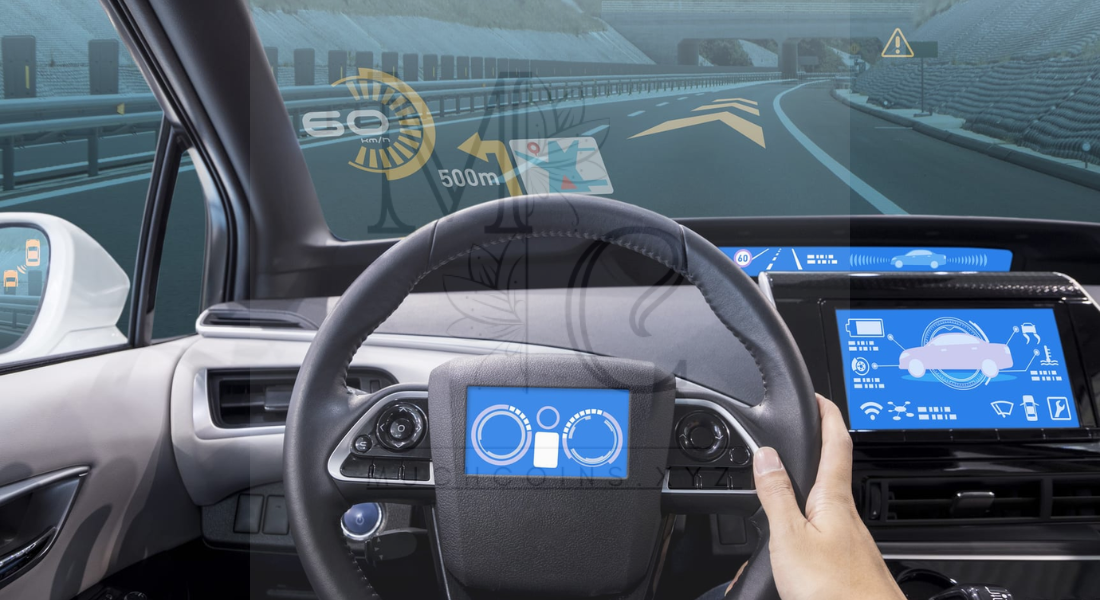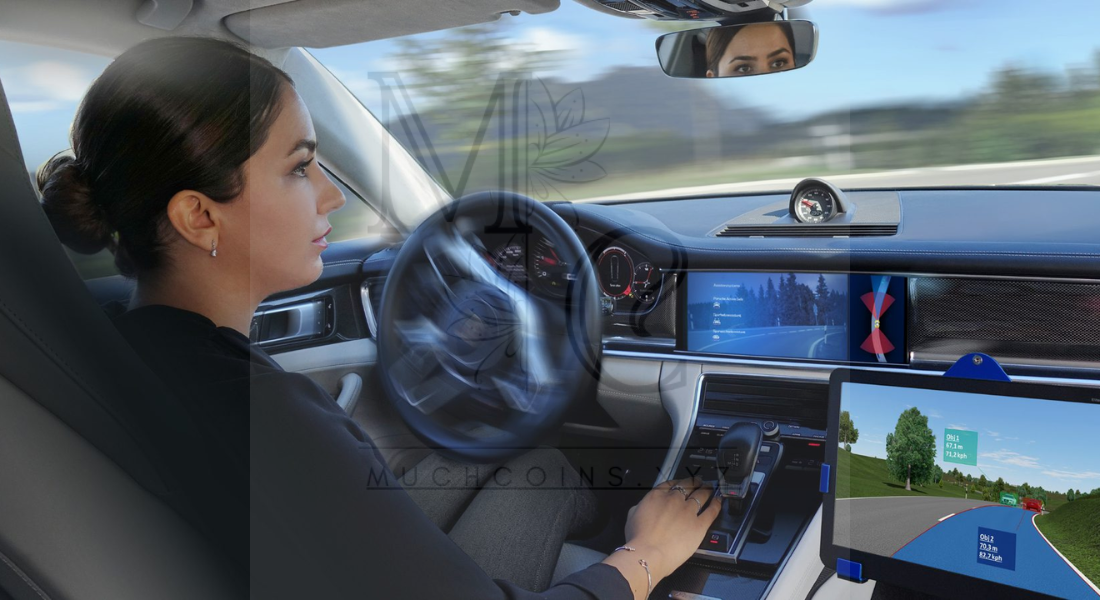As automotive technology evolves, high tech ADAS for automotive systems have become an integral part of modern vehicles. Advanced Driver Assistance Systems (ADAS) leverage cutting-edge innovations to enhance safety, improve convenience, and redefine the driving experience. From lane-keeping features to collision avoidance, these systems are shaping the future of transportation.
Why ADAS Is Transforming the Automotive Industry
ADAS technology provides drivers with critical tools to avoid accidents, reduce fatigue, and navigate challenging road conditions. By integrating sensors, cameras, and artificial intelligence, high tech ADAS for automotive ensures a safer and more efficient journey.
Advanced Features That Define High Tech ADAS
Adaptive Cruise Control for Stress-Free Driving
Adaptive cruise control adjusts the vehicle’s speed to maintain a safe distance from the car ahead. This intelligent system not only reduces driver effort on highways but also enhances safety by reacting instantly to changing traffic conditions.
Lane-Keeping Assistance for Better Alignment
Lane-keeping systems use cameras to monitor lane markings and gently steer the vehicle if it begins to drift. This feature helps drivers stay centered, reducing the risk of collisions caused by unintentional lane departure.
Collision Avoidance for Peace of Mind
High tech ADAS for automotive includes forward collision warning and automatic emergency braking. These systems detect obstacles ahead and apply brakes if necessary, preventing accidents and saving lives.
Enhanced Visibility with Cutting-Edge Sensors
Blind Spot Monitoring for Safer Lane Changes
Blind spot monitoring systems use radar or cameras to detect vehicles in adjacent lanes. When a potential hazard is identified, drivers receive alerts to prevent unsafe lane changes.
Night Vision for Enhanced Low-Light Driving
Some ADAS-equipped vehicles feature night vision systems that use infrared technology to detect pedestrians, animals, or obstacles in the dark. This feature improves visibility and reduces risks during nighttime driving.
High Tech ADAS Improves Urban and Highway Travel
Traffic Sign Recognition for Better Awareness
Traffic sign recognition reads and displays road signs such as speed limits and stop signs, ensuring drivers remain informed and compliant with local regulations.
Highway Assist for Long-Distance Comfort
Combining adaptive cruise control and lane-keeping assistance, highway assist makes long drives more comfortable and efficient. It minimizes driver fatigue by handling repetitive tasks on highways.
Benefits Beyond Safety
Fuel Efficiency with Intelligent Systems
High tech ADAS for automotive systems optimize driving patterns, helping vehicles operate more efficiently. Features like eco-cruise control and stop-start technology reduce fuel consumption and environmental impact.
Improved Resale Value
Vehicles equipped with advanced ADAS technology often have higher resale values. Buyers value the added safety and convenience these systems bring, making them a worthwhile investment.
Integration of Artificial Intelligence in ADAS
Predictive Algorithms for Smarter Assistance
Artificial intelligence allows ADAS to learn and adapt to individual driving behaviors. Predictive algorithms anticipate potential risks and respond proactively, improving overall system performance.
Real-Time Data Analysis
ADAS systems process data from multiple sensors in real time, ensuring immediate responses to changing conditions. This capability enhances safety and ensures smooth operation in complex environments.

High Tech ADAS in Electric and Autonomous Vehicles
Synergy with Electric Cars
Electric vehicles benefit from ADAS by extending range through optimized driving and improving overall safety. Features like regenerative braking integration align seamlessly with ADAS functions.
Autonomous Driving Levels
ADAS serves as the foundation for autonomous driving technologies. From Level 1 driver assistance to Level 5 full automation, high tech ADAS for automotive is paving the way for a driverless future.
Challenges and Solutions in ADAS Development
Navigating Complex Urban Environments
Urban areas pose challenges for ADAS due to dense traffic and unpredictable behaviors. Advanced mapping and AI-driven algorithms enable systems to navigate these complexities effectively.
Ensuring Reliability in All Conditions
Weather conditions such as rain, snow, and fog can affect sensor performance. High tech ADAS for automotive incorporates redundant systems and enhanced sensors to ensure consistent reliability.
Real-World Applications of High Tech ADAS
Fleet Management Efficiency
Fleet operators benefit from ADAS by reducing accidents, lowering maintenance costs, and improving driver performance. Systems like telematics integration provide insights for better fleet management.
Commercial Vehicles and Logistics
ADAS technology enhances safety in commercial trucks by minimizing blind spots, assisting with heavy load handling, and ensuring compliance with traffic regulations.
The Road Ahead: Innovations in ADAS
Vehicle-to-Everything (V2X) Communication
Future ADAS systems will leverage V2X communication to exchange information with other vehicles, infrastructure, and pedestrians. This connectivity enhances situational awareness and reduces accidents.
Augmented Reality in ADAS Displays
Augmented reality will revolutionize how drivers interact with ADAS features. Head-up displays projecting real-time information onto the windshield improve focus and usability.
Comparing ADAS Features Across Manufacturers
Tailored Systems for Diverse Needs
Leading manufacturers offer unique ADAS features tailored to specific customer needs. Comparing options helps drivers choose systems that align with their preferences and driving environments.
Competitive Landscape in ADAS Development
The automotive industry is witnessing intense competition in ADAS innovation, with companies striving to deliver cutting-edge features. This race ensures continuous improvements and wider accessibility.
Safety Standards and Regulations for ADAS
Compliance with Global Standards
High tech ADAS for automotive must meet stringent safety standards to ensure reliability. Regulatory bodies worldwide work to establish guidelines for system design and testing.
Encouraging Widespread Adoption
Governments and organizations promote ADAS adoption through incentives and awareness campaigns, highlighting the life-saving potential of these technologies.
Making the Most of ADAS Technology
Stay Updated with Software Enhancements
Regular software updates keep ADAS features optimized and introduce new capabilities. Drivers should ensure their systems remain current for the best performance.
Embrace Driver Training
Understanding how to use ADAS effectively maximizes its benefits. Manufacturers often provide tutorials and training resources to help drivers get the most out of these systems.
Conclusion: A Safer Future with High Tech ADAS
High tech ADAS for automotive represents a pivotal step toward safer, smarter driving. By combining advanced sensors, AI, and seamless integration, these systems enhance road safety and elevate the driving experience.
Whether navigating city streets or cruising on highways, ADAS technology offers unparalleled support. As the automotive industry continues to innovate, drivers can look forward to even more advanced features that redefine what it means to drive safely and comfortably. Invest in a vehicle equipped with high tech ADAS today and experience the future of driving.
